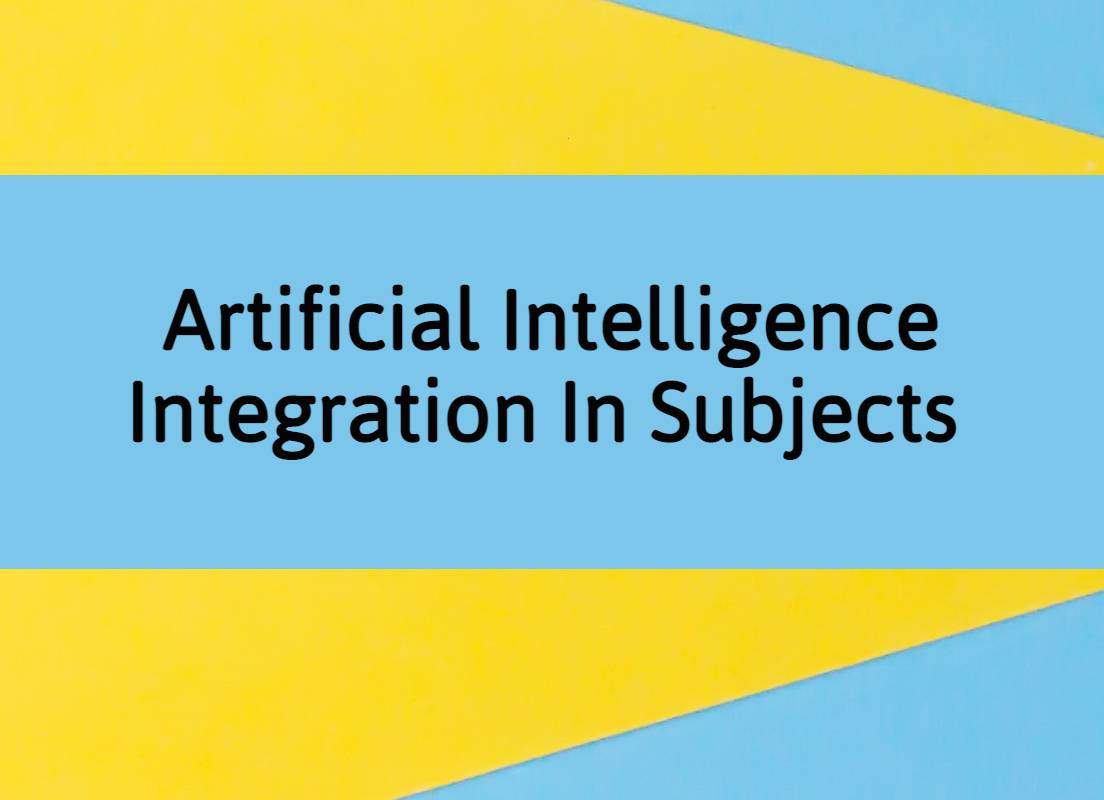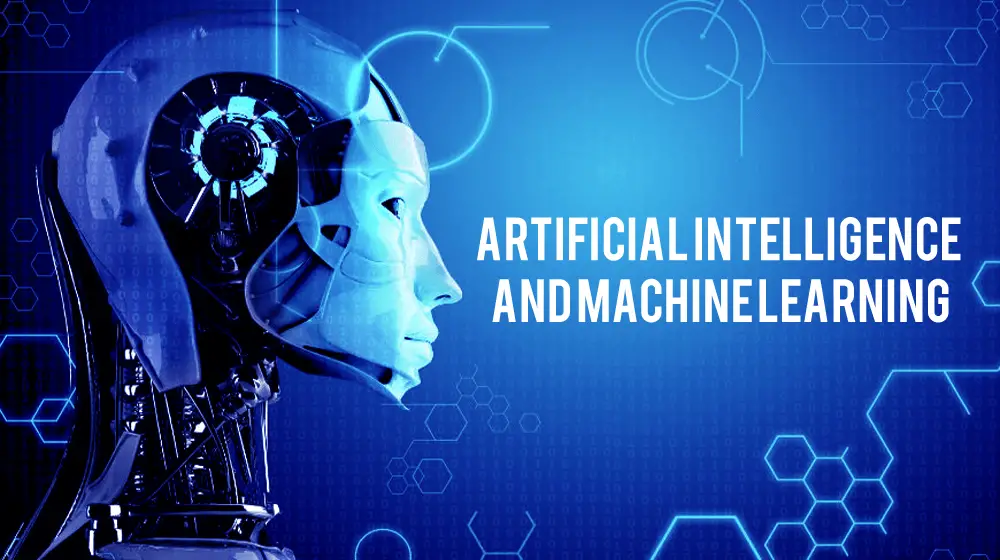Integration of Artificial Intelligence with CDN Services

Introduction
Content Delivery Networks (CDNs) play a crucial role in delivering content quickly and efficiently across the globe. The integration of Artificial Intelligence (AI) enhances CDN capabilities, enabling them to deliver personalized, scalable, and optimized content delivery.
Benefits of AI-Integrated CDNs

- Personalized Content Delivery: AI algorithms analyze user data, preferences, and device capabilities to deliver tailored content.
- Enhanced Scalability: AI-powered auto-scaling adjusts CDN capacity dynamically based on traffic patterns, ensuring optimal performance.
- Optimized Caching: AI optimizes caching strategies by identifying frequently requested content and storing it closer to users.
- Threat Detection and Prevention: AI algorithms monitor traffic for potential threats and apply adaptive countermeasures to protect against cyberattacks.
- Improved Content Selection: AI models assist in content selection by recommending relevant and engaging content based on user profiles and behavior.
Key AI Use Cases in CDN

1. Personalized Video Delivery: AI optimizes video streaming by adjusting bitrate, resolution, and buffering based on user’s device, network conditions, and preferences.
2. Content Recommendation: AI models generate personalized content recommendations based on user viewing history, interests, and demographics.
3. Traffic Prediction and Optimization: AI predicts traffic patterns and optimizes CDN infrastructure to ensure seamless content delivery during peak hours.
4. Threat Detection and Mitigation: AI algorithms analyze traffic for anomalies and malicious activity, triggering automated responses to mitigate threats.
5. Caching Optimization: AI-based caching strategies identify and store frequently requested content at edge locations to minimize latency.
Integration Challenges
- Data Privacy and Security: Ensuring the secure handling of user data collected by AI algorithms.
- Training and Maintenance: Continuous training and maintenance of AI models to maintain accuracy and efficiency.
- Cost and Infrastructure Requirements: AI integration may require additional computational resources and infrastructure.
- Compatibility: Integrating AI with existing CDN infrastructure can be challenging, especially in legacy systems.
Future of AI in CDN
The integration of AI in CDNs is expected to continue evolving, unlocking new possibilities for content delivery. Future advancements may include:
- Predictive Analytics: AI-powered predictive models to forecast content demand and optimize delivery strategies.
- Content Creation and Generation: AI-driven content creation tools to generate personalized and engaging content.
- Edge AI: Deployment of AI at the network edge to reduce latency and improve content delivery performance.
Conclusion
The integration of Artificial Intelligence with CDN services revolutionizes content delivery by enhancing personalization, scalability, optimization, security, and content selection. AI-integrated CDNs empower businesses to deliver a superior user experience, increase engagement, and stay competitive in the digital landscape.## The Integration Of Artificial Intelligence With CDN Services
Executive Summary
The integration of artificial intelligence (AI) with content delivery networks (CDNs) is a powerful combination that can improve the performance, security, and scalability of online content delivery. AI-powered CDNs can optimize content delivery based on user preferences, device type, and network conditions, resulting in faster load times, reduced buffering, and a better overall user experience. Additionally, AI can help CDNs identify and mitigate security threats, such as DDoS attacks and malware, ensuring the安全and reliable delivery of content.
Introduction
In today’s fast-paced digital world, the speed, reliability, and security of online content delivery are critical to the success of any website or online service. CDNs have long been used to improve content delivery performance by distributing content across a network of geographically dispersed servers. However, the integration of AI with CDNs is taking content delivery to a whole new level.
FAQs
1. What are the benefits of using an AI-powered CDN?
- Improved content delivery performance
- Reduced buffering and faster load times
- Enhanced security and threat protection
- Personalized content delivery based on user preferences
- Scalability to handle fluctuating traffic demands
2. How does AI improve CDN performance?
- AI-powered CDNs can analyze user behavior, device type, and network conditions to optimize content delivery.
- They can automatically adjust caching strategies and routing decisions to ensure the fastest and most efficient delivery of content.
3. How does AI enhance CDN security?
- AI can help CDNs identify and mitigate security threats by analyzing traffic patterns and detecting anomalies.
- It can also automate security responses, such as blocking malicious traffic and quarantining infected content.
Subtopics
1. Content Optimization
- Personalization: AI-powered CDNs can deliver personalized content based on user profiles, preferences, and previous interactions.
- Device optimization: CDNs can automatically adjust content delivery based on the device type (e.g., desktop, mobile, tablet) to optimize the user experience.
- Adaptive bitrate streaming: CDNs can dynamically adjust the bitrate of streamed content based on network conditions to ensure smooth playback without buffering.
- Image optimization: AI can optimize images for faster loading and reduced bandwidth consumption.
2. Security Enhancement
- Threat detection: AI-powered CDNs can analyze traffic patterns and identify malicious activity, such as DDoS attacks and malware.
- Automated security responses: CDNs can automatically block malicious traffic, quarantine infected content, and alert network administrators to potential threats.
- DDoS protection: AI can help CDNs mitigate the impact of DDoS attacks by analyzing traffic patterns and identifying abnormal activity.
3. Scalability and Reliability
- Traffic forecasting: AI can analyze historical traffic data and predict future traffic patterns, enabling CDNs to scale their infrastructure accordingly.
- Load balancing: AI-powered CDNs can automatically distribute traffic across multiple servers to ensure optimal performance and prevent bottlenecks.
- Redundancy: CDNs can use AI to monitor server health and automatically switch to backup servers in case of outages.
4. User Experience Improvement
- Reduced buffering: AI-powered CDNs can optimize content delivery to minimize buffering and improve the user experience.
- Faster load times: AI can help CDNs deliver content more quickly by optimizing caching strategies and routing decisions.
- Improved video quality: CDNs can use AI to optimize video delivery and ensure smooth playback without interruptions.
5. Cost Optimization
- Traffic optimization: AI-powered CDNs can analyze traffic patterns and identify opportunities to reduce bandwidth consumption and optimize network utilization.
- Dynamic caching: CDNs can use AI to optimize caching strategies and reduce the cost of content storage and delivery.
- Automated resource allocation: AI can help CDNs allocate resources efficiently and reduce the need for manual intervention.
Conclusion
The integration of AI with CDN services is a game-changer for online content delivery. AI-powered CDNs can dramatically improve performance, security, scalability, and user experience. As AI continues to evolve, we can expect to see even more innovative and transformative applications of AI in the CDN space.
Keyword Tags
- Artificial intelligence (AI)
- Content delivery networks (CDN)
- Content optimization
- Security enhancement
- Scalability and reliability
